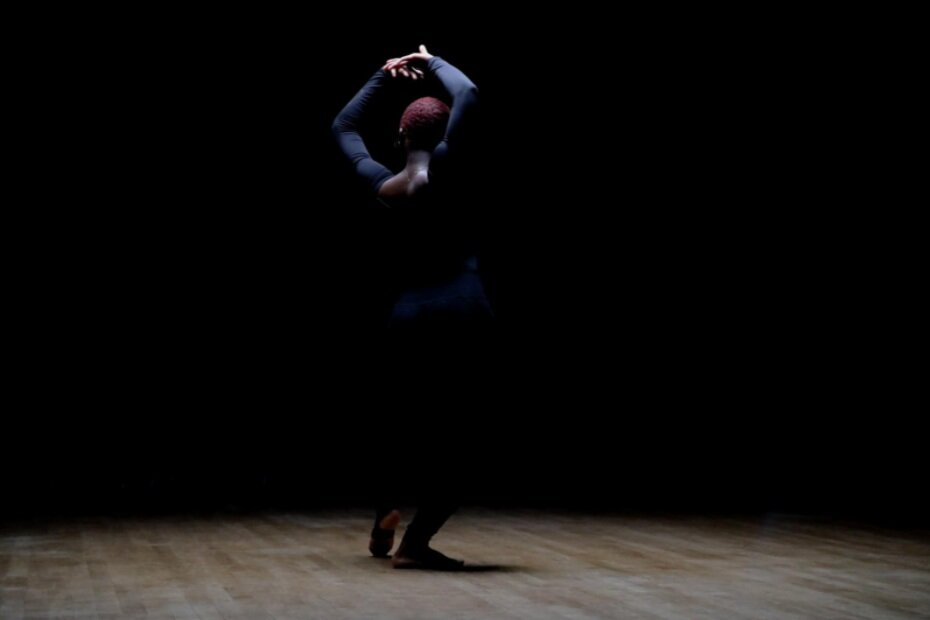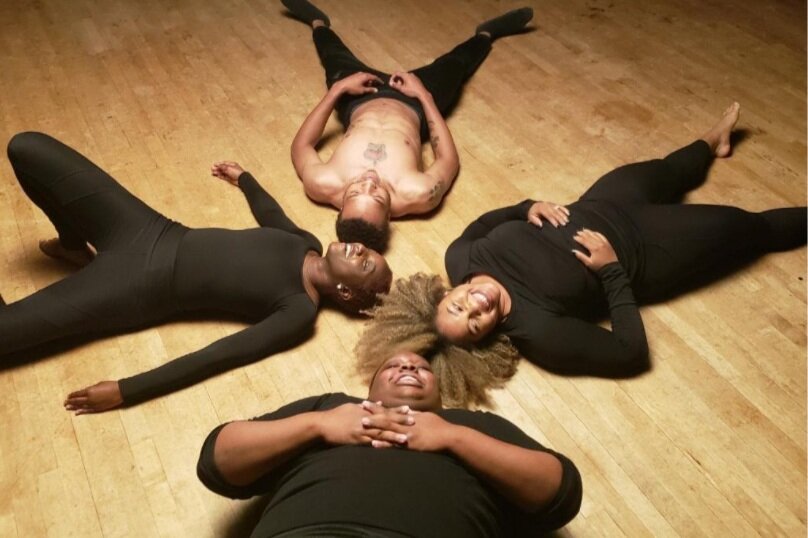White Man on Our Shoulder: Musings From the Editing Room
By Kemari Bryant
As I write this blog post I am working on editing my project, INSPACE: An Exploration of Black Bodies in White Space. It is exactly 3:25 AM, and while I am tired as hell, I am also so, so happy. I’m lucky that I get to create this kind of work and I thrive off of it. This is what gives me fuel to continue on as a Black artist today; the ability to make things for my people. That’s the only reason I need.
This process has been transformative for me as a filmmaker and as an artist. My creative process in making INSPACE has been experimental, and frustrating, and ugly at times. It was knowing what I wanted to say but not knowing how I wanted to say it. It was not being able to form a vision even though this was my lived experience. It was not believing that I could create something great and Black and beautiful.
During one of the Resisting Narratives of Erasure Labs one of our mentors, Shontina Vernon, said something that stuck with me. It was an idea along the lines of “shutting up the white man on our shoulder”. This is something that I have come back to many times in the creation of this piece-- something that has, honestly, been extremely hard to do. At the end of our labs I knew what I wanted the piece to be about-- Black people in predominantly white space. This is something that so many of us can relate to… it’s a majority of my experience. I knew I wanted dancers to embody what this felt like, and I knew I wanted to write a piece to go along with the movement.
This is where it got hard.
I found it a bit scary to write about my own experience being Black in white space. Would I come off too whiny? Wait-- why am I scared? This is my lived experience. This comes from a place of truth. Being an artist is being vulnerable, and being vulnerable is sharing your truth. So I just played the song my dancers would perform to and began to ad-lib. I just spoke, truthfully, about my experiences growing up in an all white elementary school, about the loneliness of that experience. Then I wrote from that.
I’m a person who loves absurdism and the fantastical, so stripping it down to bare reality without all of the extra can be hard. But it can also be beautiful.
When speaking with another mentor, Zia Mohajerjasbi, about the fears I felt going into the shoot, and the anxieties I held about working with new creatives and crew, he said something to me that was extremely reassuring. He said to me “This is your story, only you can tell this story”, and I thought to myself…. Wow. I guess he’s right.
The next day, after my meeting with Zia, I shot my short. I went in with a new mindset. I wasn’t there to create a story for white people. I wasn’t there to please white people. I was there to create a space of comfort for my beautiful, Black dancers to feel, live, and be. To tell a story through their bodies. To cry, to be afraid, and to laugh (there was a lot of laughter).
When we got to the end of the day and could just laugh and be in a space of joy with other Black people, and I could give them a space to uplift their incredible talent, that was enough for me. The beautiful footage was just the cherry on top.
These are the kinds of spaces I want to create. These are the rooms that I want to be in. POC creating for us-- not to please and submit to whiteness.
Although it is very much what my piece is all about, it took me much too long to shut up the white man on my shoulder. I can’t wait to see what I create now.




